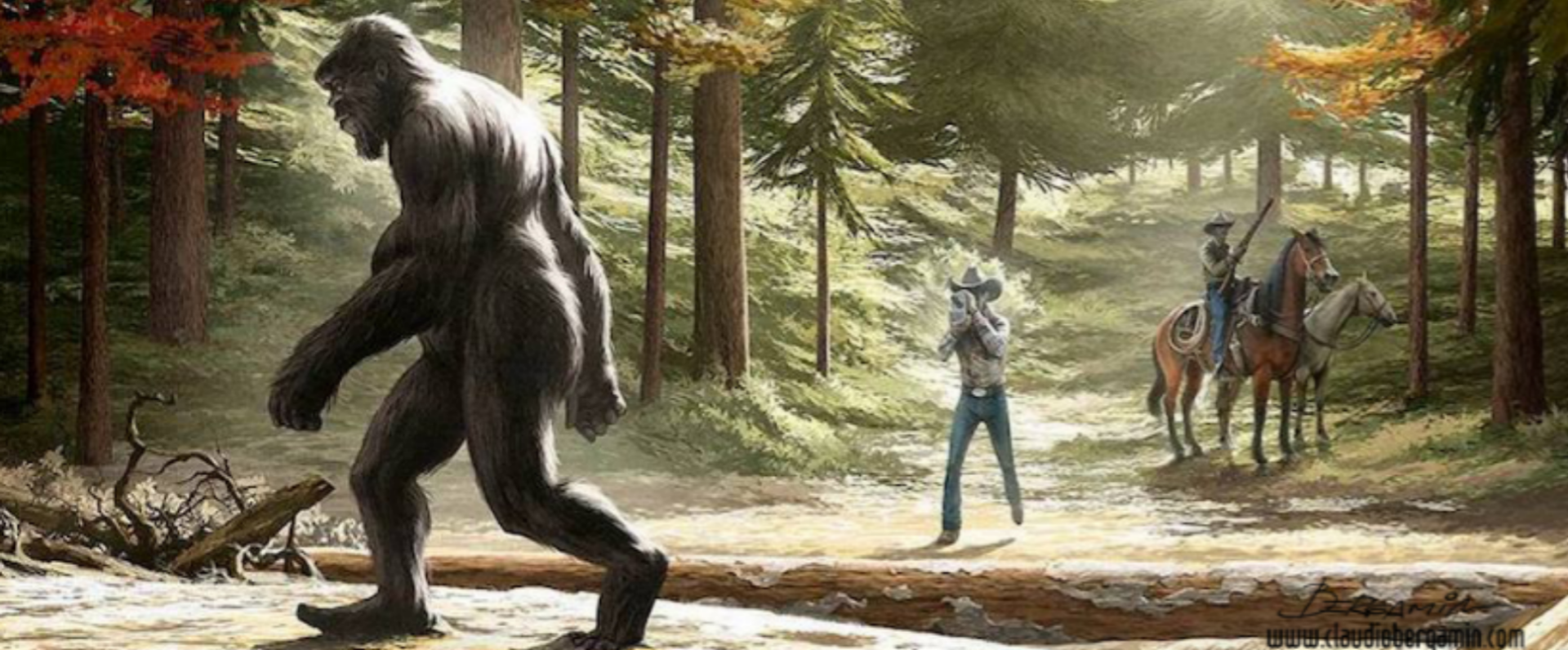
Source: COAST TO COAST AM OFFICIAL
Published on Jun 26, 2018
http://www.youtube.com/watch?v=wVBjU60pQTQ
COAST TO COAST AM. Mitchel Townsend reported on his research paper (selected images) which he believes proves that a Bigfoot-like creature resides in the Mount St. Helens area of Washington state. In 2013, he came upon a stack of deer bones, and noticed they had giant teeth marks notched into them– the markings did not fit any predator profile and were too large to have been made by humans. Further, large footprints with a length of 16 inches were found near the bones. Extrapolating the teeth and footprint measurements, Townsend concluded that the creature is around 8 ½ feet tall, with a wide stride.
Background on the use of words “hominid” and “hominin”.
Source: Sasquatch Chronicles
Hominid and hominin – what’s the difference?
The most commonly used recent definitions are:
Hominoids – all apes. Gibbons, gorillas, chimps, orangs and humans .
Hominids – all modern AND extinct GREAT apes. Gorillas, chimps, orangs and humans, and their immediate ancestors. Not gibbons.
Hominin – Any species of early human that is more closely related to humans than chimpanzees, including modern humans themselves. (At this point, this includes the genuses homo, australopithecus, ardipithecus and paranthropus. These genuses can and do change as various new fossils are found, which either add new genuses, or cast doubt on existing ones. Homo and australopithecus are the two most definite).
Basically, Hominoid is more of a biological reference, while hominids and hominins are more archaeology/anthropology related.
It is important to note that the definitions for hominid and hominin have only been formally accepted fairly recently, so many older textbooks, could refer to early human species as hominids instead of hominins, or vice versa.

Truth Comes to Light highlights writers and video creators who ask the difficult questions while sharing their unique insights and visions.
Everything posted on this site is done in the spirit of conversation. Please do your own research and trust yourself when reading and giving consideration to anything that appears here or anywhere else.










